
Brown Mantis Facts
- The Large Brown Mantis has several subspecies, and one of them is the Stick Mantis Ghost from Bundaberg’s Turtle Sands.
- The Stick Mantis Ghosts are also generally not quite as aggressive as the original species.
- Yet, it has a defense display which makes the Mantis appear larger by flinging its front legs into the air and putting its head down along with its antennae.
- Further, the subspecies from Bundaberg is a pale creamy white with a yellow and black eye in between the arms, instead of brown.
- That variety measures about one and a half times the size of the original species.
Related Articles

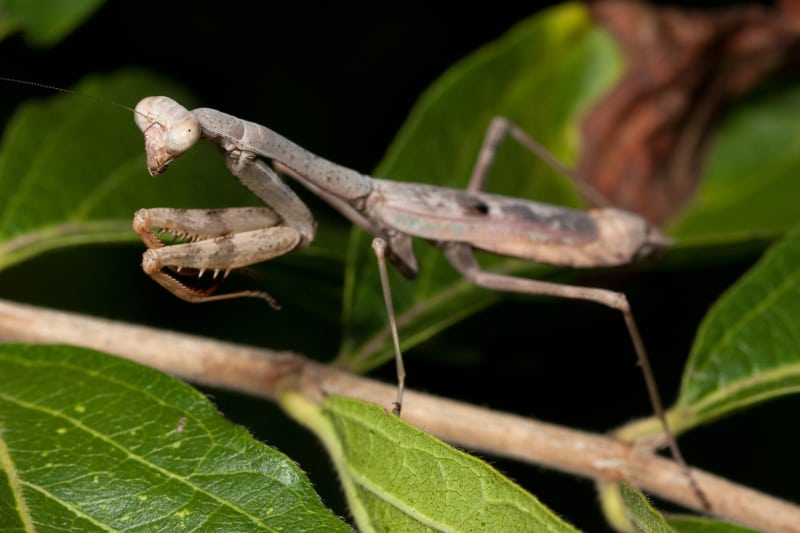
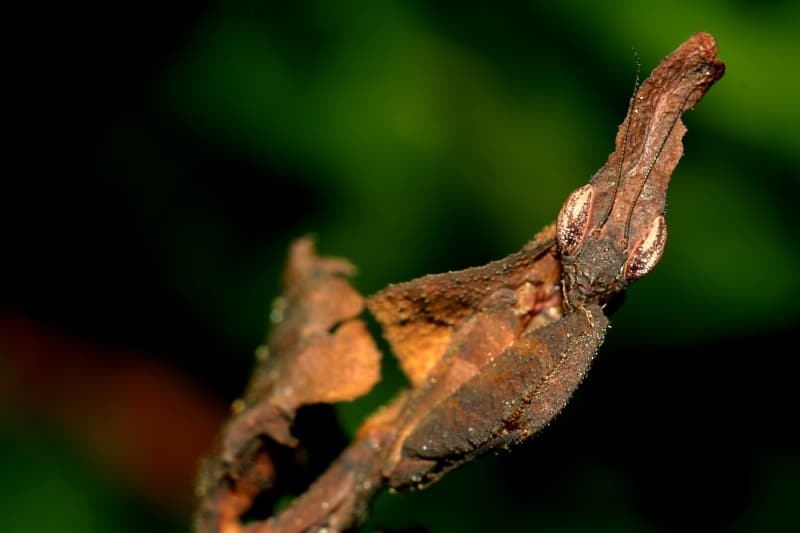

Brown Mantis Physical Description
The highly aggressive Brown Mantis averages roughly 4 in (10 cm) in length. However, sexual dimorphism exists within the species, in several ways.
In addition, the males remain capable of flight, but the females do not. The male of the species develops rather smaller than the female, reaching about 3.9 in (10 cm) in length. Yet the female measures about 4.5 in (11 cm) in length.
The Brown Mantis female also remains short-winged. Her pair of wings reach only half her abdomen and she is not able to fly. The long-winged male also has wings that cover the entire abdomen.
The wings have four sets of wings and wing covers. The top set is the covers and the bottom wings enable the mantis to fly.
- Kingdom: Animalia
- Phylum: Arthropoda
- Class: Insecta
- Order: Mantodea
- Family: Mantidae
- Genus: Archimantis
- Species: A. latistyla
Brown Mantis Distribution, Habitat, and Ecology
The truly impressive Brown Mantis evolved as indigenous to Australia. Within that range, it also inhabits a variety of habitats. However, it most commonly inhabits areas of grasslands.
Also, like all mantids, it remains a carnivore. It ranks as especially aggressive, even among other mantids.
It will attack prey much larger than itself, including birds, frogs, lizards, and even fish.
This invertebrate also frequently engages in cannibalistic behavior when other prey becomes scarce. It will also not hesitate to attack humans in a defensive manner if disturbed.
Aside from these limited facts, however, few specific details are certain about this insect.
Species Sharing Its Range
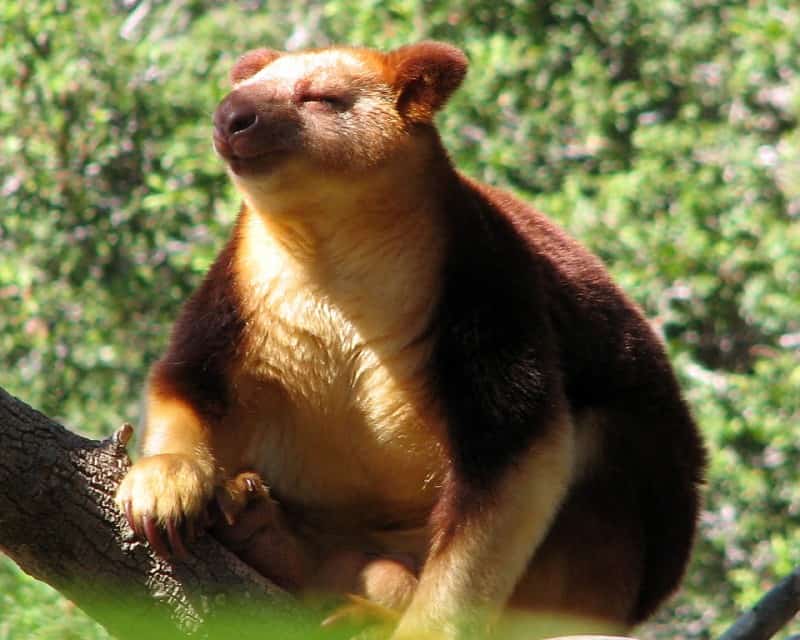
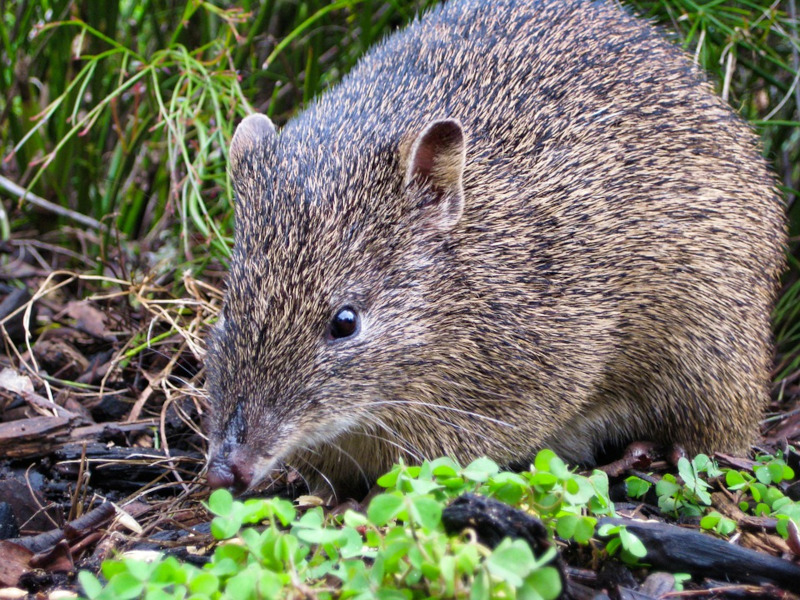
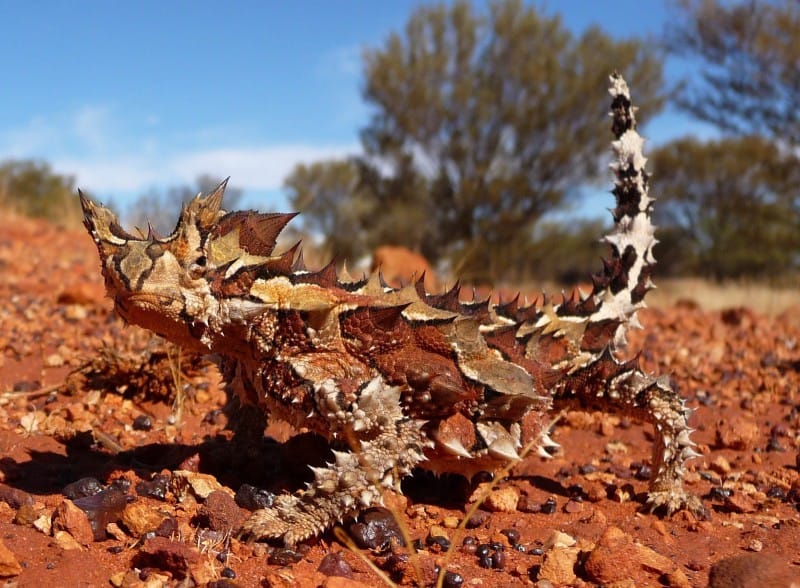
Check out our other articles on Green Lynx Spider, Giants Causeway, Strangler Fig, Wonderful Wild Cats of the World
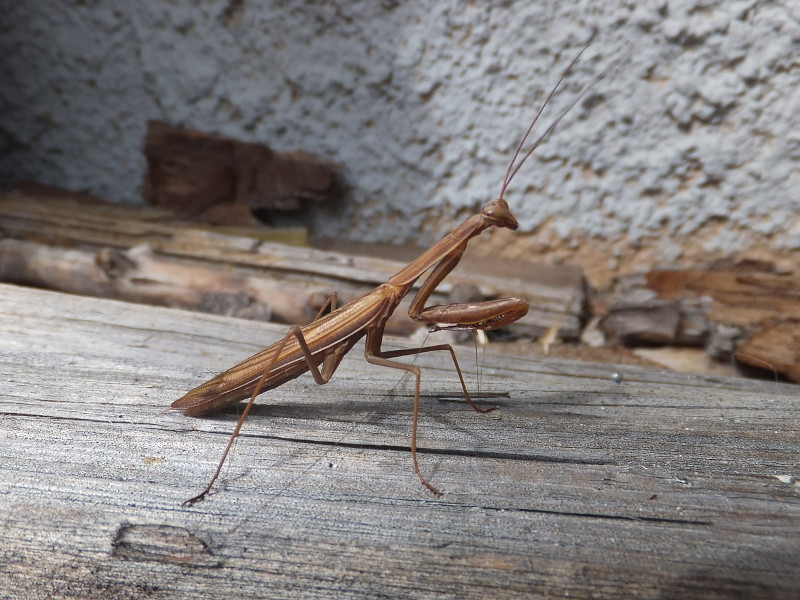









There is one on my hibiscus. It does not appear to be larger than the usual green ones that live in the yard, or used to. I thought it had perhaps lain its eggs and faded, the standard greens often come up to the house at end of season, hitch hiking on our shirts.
I’m hoping he/she doesn’t eat the lady birds who are also on the hibiscus preparing to have tiggers which will eat the aphids.
A very careful seasonal balance could get upset here.
Hello Lorna,
Thank you for the information. If it remains in the immediate area, it may well feed on those insects. But that in itself is part of the natural balance, since those greens you mentioned will also consume them. The overall diet of a brown mantis is the same as others, so it will “fit in” in this context.
Sincerely,
OBP